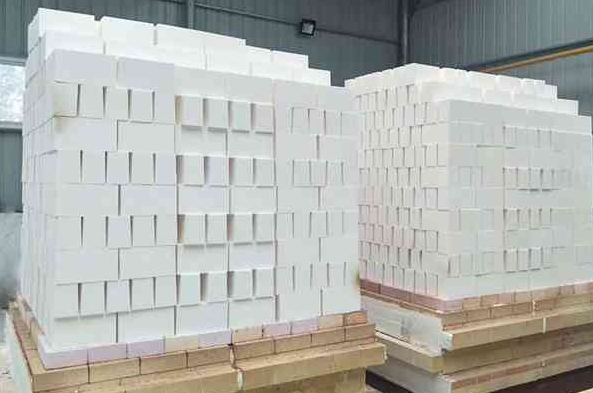- 07
- Apr
The following points must be paid attention to when constructing refractory brick furnace bottom
The following points must be paid attention to when constructing refractory brick furnace bottom
1. After aligning the position of the lead hole, start from the end of the rod hole to avoid blockage by bricks, which will affect the placement of the electric heating element.
2. The supporting bricks should be laid on the side. When laying on the side, the load-bearing capacity of the bricks is large and the service life is long. The supporting bricks between the two-row furnace bottom bricks are laid vertically and horizontally, while the supporting bricks at both ends of the furnace door are laid horizontally.
3. When laying bricks, you must find a good level, so that all bricks on the bottom of the furnace are on the same level, so that the bottom of the furnace is placed smoothly and the force is even.

4. When laying bricks, all supporting bricks should be packed as closely as possible without loosening.
Fifth, when laying bricks, not only should pay attention to the levelness and straightness, but also grasp the spacing between the bricks at any time. Due to the short distance, it is inconvenient to store bricks at the bottom of the furnace, and it is more difficult to process the bricks.
6. If the furnace bottom has reinforcement ribs, you should accurately calculate its corresponding placement position on the supporting bricks, and then carefully cut the grooves on the supporting bricks so that all the reinforcing ribs are located in the grooves.
7. If the furnace bottom is composed of several furnace bottoms, it should be considered that the joints between the furnace bottoms fall on the supporting bricks. When the blast furnace is working under high temperature, if iron oxide falls off from the weld, it will not fall on the heating element, so as to avoid short-circuit accidents.
8. When putting the furnace bottom into the furnace, all edges of the furnace wall should be placed on the supporting bricks, and there should be no overhead parts.
